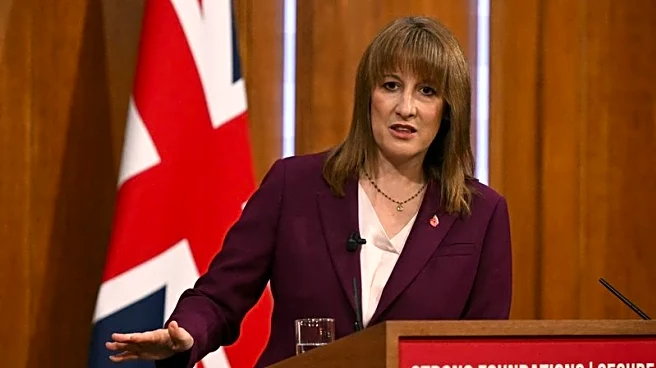What's Happening?
Child poverty in the UK has reached its highest level since 2002, with 31% of children living in poverty. This increase is attributed to rising costs of living, including rent, childcare, and food, which
have outpaced wages. The situation is exacerbated by austerity measures and policies like the 'two-child limit,' which restricts welfare benefits for families with more than two children. Prime Minister Keir Starmer has expressed a desire to reduce child poverty, potentially by revising or scrapping the two-child cap. The Labour Party faces internal debates on whether to prioritize fiscal discipline or protect vulnerable populations.
Why It's Important?
The rising child poverty rates in the UK highlight significant socio-economic challenges that could have long-term impacts on public health, education, and economic productivity. The debate over the two-child limit reflects broader tensions within the Labour Party and could influence future welfare policies. Changes to these policies could affect millions of families, potentially lifting hundreds of thousands of children out of poverty. However, any policy shifts must balance fiscal responsibility with social welfare, a challenge that could shape the UK's political landscape.
What's Next?
The UK government is expected to unveil its budget on November 26, which may include proposals to address child poverty. Potential changes could involve revising the two-child limit or increasing subsidies for families. The outcome will depend on political negotiations within the Labour Party and public opinion, which currently shows mixed support for maintaining the benefits cap. The government's decisions will be closely watched by social policy experts and advocacy groups, who argue for comprehensive reforms to address the root causes of poverty.
Beyond the Headlines
The child poverty issue in the UK raises ethical questions about the role of government in supporting families and the fairness of policies that disproportionately affect children based on family size. The situation also underscores the need for a more robust social safety net that can adapt to economic changes and support families in need. Long-term solutions may require investments in affordable housing, childcare, and education to break the cycle of poverty and improve outcomes for future generations.













